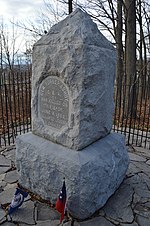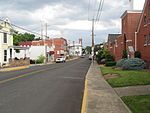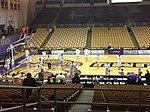Pleasant Valley, Rockingham County, Virginia
Rockingham County, Virginia geography stubsUnincorporated communities in Rockingham County, VirginiaUnincorporated communities in VirginiaUse mdy dates from July 2023
Pleasant Valley is an unincorporated community in Rockingham County, Virginia, United States.
Excerpt from the Wikipedia article Pleasant Valley, Rockingham County, Virginia (License: CC BY-SA 3.0, Authors).Pleasant Valley, Rockingham County, Virginia
Cecil Wampler Road,
Geographical coordinates (GPS) Address Nearby Places Show on map
Geographical coordinates (GPS)
| Latitude | Longitude |
|---|---|
| N 38.384722222222 ° | E -78.897222222222 ° |
Address
Cecil Wampler Road 1970
22841
Virginia, United States
Open on Google Maps








